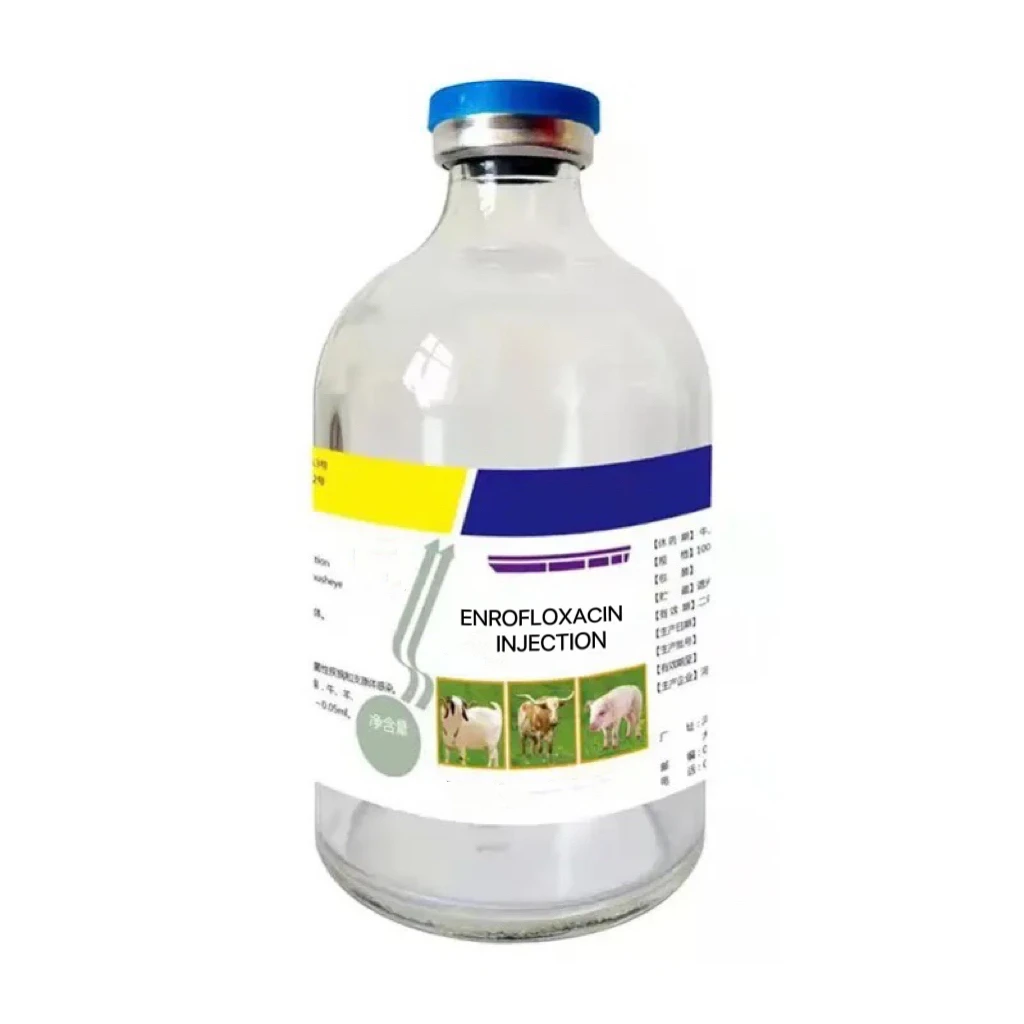- Afrikaans
- Albanian
- Amharic
- Arabic
- Armenian
- Azerbaijani
- Basque
- Belarusian
- Bengali
- Bosnian
- Bulgarian
- Catalan
- Cebuano
- Corsican
- Croatian
- Czech
- Danish
- Dutch
- English
- Esperanto
- Estonian
- Finnish
- French
- Frisian
- Galician
- Georgian
- German
- Greek
- Gujarati
- Haitian Creole
- hausa
- hawaiian
- Hebrew
- Hindi
- Miao
- Hungarian
- Icelandic
- igbo
- Indonesian
- irish
- Italian
- Japanese
- Javanese
- Kannada
- kazakh
- Khmer
- Rwandese
- Korean
- Kurdish
- Kyrgyz
- Lao
- Latin
- Latvian
- Lithuanian
- Luxembourgish
- Macedonian
- Malgashi
- Malay
- Malayalam
- Maltese
- Maori
- Marathi
- Mongolian
- Myanmar
- Nepali
- Norwegian
- Norwegian
- Occitan
- Pashto
- Persian
- Polish
- Portuguese
- Punjabi
- Romanian
- Russian
- Samoan
- Scottish Gaelic
- Serbian
- Sesotho
- Shona
- Sindhi
- Sinhala
- Slovak
- Slovenian
- Somali
- Spanish
- Sundanese
- Swahili
- Swedish
- Tagalog
- Tajik
- Tamil
- Tatar
- Telugu
- Thai
- Turkish
- Turkmen
- Ukrainian
- Urdu
- Uighur
- Uzbek
- Vietnamese
- Welsh
- Bantu
- Yiddish
- Yoruba
- Zulu
10 月 . 17, 2024 06:28 Back to list
enrofloxacin injection
Enrofloxacin Injection A Comprehensive Overview
Enrofloxacin is a broad-spectrum fluoroquinolone antibiotic that is primarily utilized in veterinary medicine. This synthetic compound is effective against a variety of bacterial infections in animals, particularly in poultry and livestock. Its broad-spectrum activity makes it an essential medication for treating infections caused by both gram-negative and gram-positive bacteria. This article provides a detailed overview of enrofloxacin injection, including its mechanism of action, therapeutic uses, dosage information, side effects, and precautions.
Mechanism of Action
Enrofloxacin functions by inhibiting bacterial DNA gyrase and topoisomerase IV, enzymes crucial for bacterial DNA replication and transcription. By interfering with these enzymes, enrofloxacin effectively halts bacterial growth and replication, ultimately leading to cell death. This mechanism of action is responsible for its bactericidal properties, making it a potent choice for treating various bacterial infections.
Therapeutic Uses
Enrofloxacin is commonly used to treat respiratory infections, urinary tract infections, skin infections, and enteritis caused by susceptible bacteria in animals. It is commonly administered to dogs, cats, cattle, pigs, and poultry. In livestock, enrofloxacin is often used to prevent and control infections during stressful conditions such as weaning or transportation, where animals are more susceptible to disease. Additionally, it is utilized in cases of infectious diseases caused by pathogens such as Escherichia coli, Salmonella, and Mycoplasma species.
Dosage Information
The appropriate dosage of enrofloxacin injection varies depending on the species of animal, the specific infection being treated, and the severity of the condition. It is crucial to follow veterinarians’ recommendations for dosage to ensure effective treatment while minimizing the risk of resistance development. Typically, enrofloxacin is administered either subcutaneously or intravenously, and the treatment duration may span from a few days to several weeks, depending on the response to therapy.
enrofloxacin injection

Side Effects
While enrofloxacin is generally well-tolerated in animals, it may cause side effects in some cases. Common side effects include gastrointestinal disturbances such as vomiting, diarrhea, or loss of appetite. More severe side effects, although rare, may include neurological effects such as seizures, hypersensitivity reactions, or cartilage damage in young animals. Withdrawal periods should also be observed to ensure that drug residues do not persist in food products.
Precautions and Contraindications
Before administering enrofloxacin, veterinarians should consider the individual health status of the animal and any potential contraindications. Enrofloxacin should be used with caution in young, growing animals, as it may adversely affect cartilage development. Animals with known allergies to fluoroquinolones or those with pre-existing liver or kidney disorders should also be assessed carefully before treatment.
It is essential to adhere to the recommended dosage and treatment duration to prevent the development of antibiotic resistance. Overuse or misuse of antibiotics can lead to a reduction in drug effectiveness against bacterial infections and pose a significant public health risk.
Conclusion
Enrofloxacin injection serves as a valuable therapeutic tool in veterinary medicine, providing effective treatment for a wide range of bacterial infections in various animal species. Its potent bactericidal properties, combined with a relatively safe profile when used appropriately, makes it a crucial part of veterinary antimicrobial therapy. However, it is imperative for veterinarians and animal owners alike to understand the proper use, potential side effects, and necessary precautions associated with enrofloxacin to ensure the safety and health of their animals. Responsible use of antibiotics is crucial not only for animal welfare but also for the broader goal of combating antimicrobial resistance in both veterinary and human medicine.
-
The Power of Radix Isatidis Extract for Your Health and Wellness
NewsOct.29,2024
-
Neomycin Sulfate Soluble Powder: A Versatile Solution for Pet Health
NewsOct.29,2024
-
Lincomycin Hydrochloride Soluble Powder – The Essential Solution
NewsOct.29,2024
-
Garamycin Gentamicin Sulfate for Effective Infection Control
NewsOct.29,2024
-
Doxycycline Hyclate Soluble Powder: Your Antibiotic Needs
NewsOct.29,2024
-
Tilmicosin Premix: The Ultimate Solution for Poultry Health
NewsOct.29,2024













